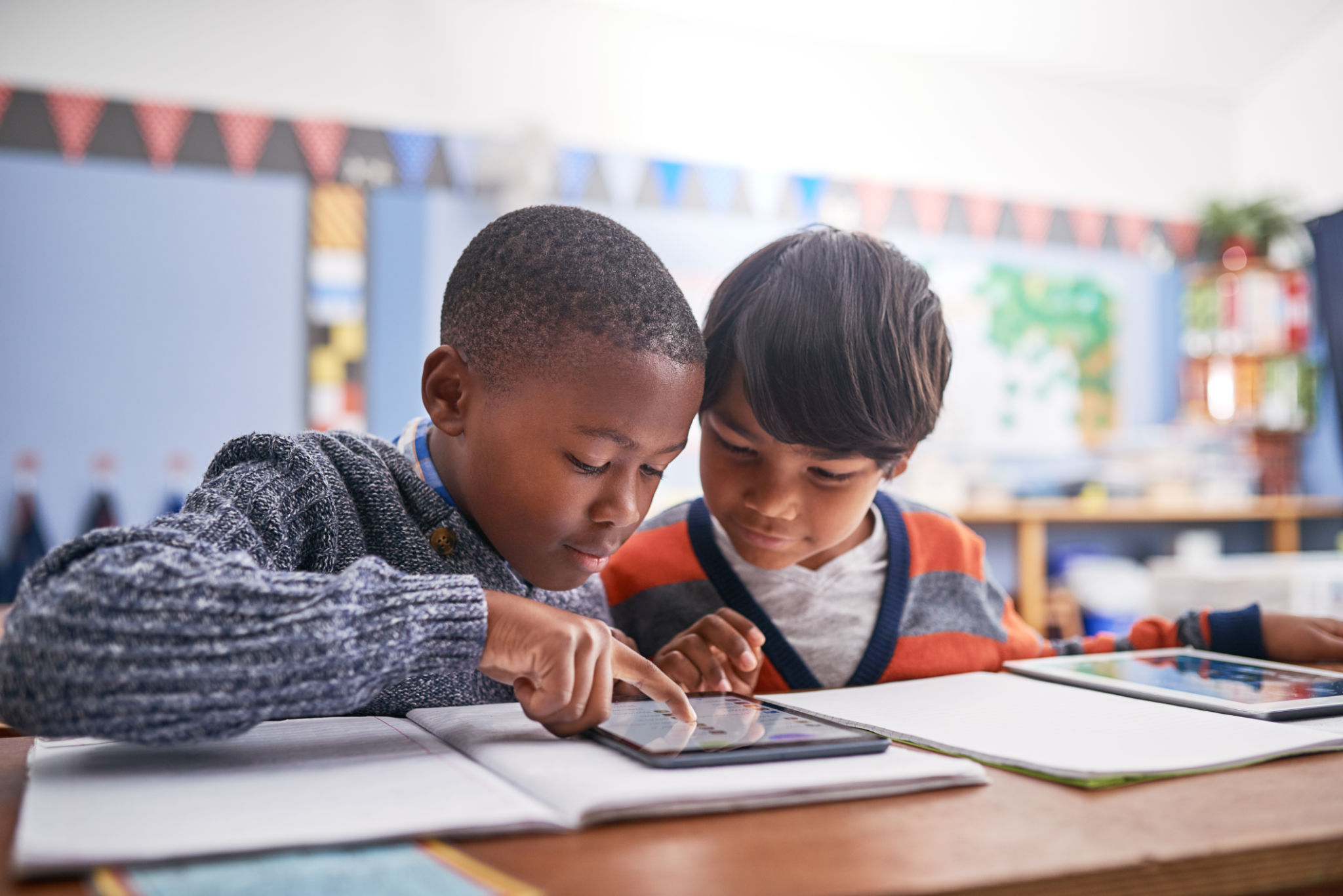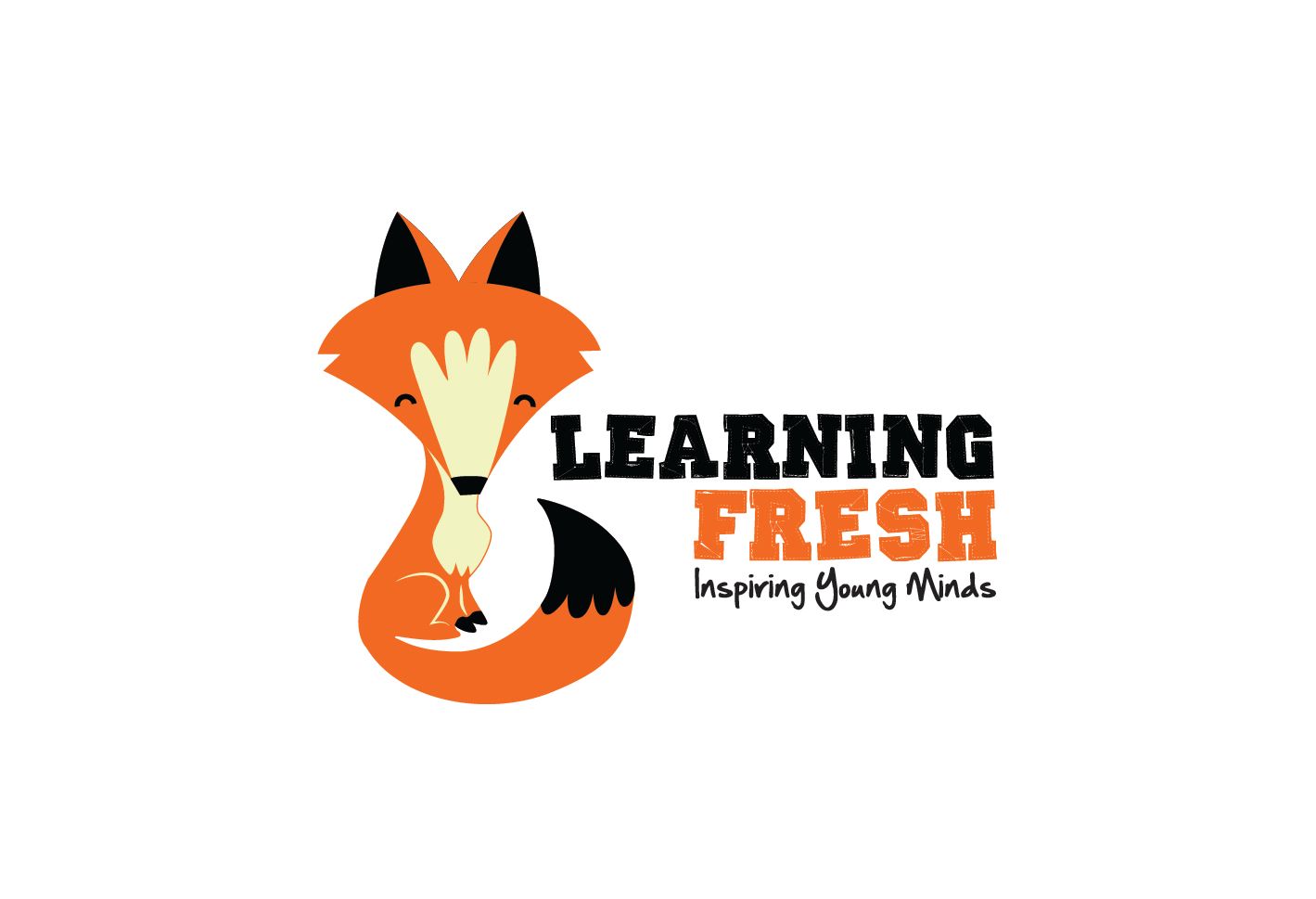How Technology is Transforming Education in Malaysia
Introduction to Technological Advancements
In recent years, technology has become an integral part of education systems worldwide, and Malaysia is no exception. The integration of digital tools and platforms has not only enhanced learning experiences but also made education more accessible. With the advent of the internet, educational resources are now at the fingertips of Malaysian students, facilitating a more inclusive and effective learning environment.
Traditional methods of teaching are being revolutionized by innovative technologies that cater to diverse learning styles and needs. From interactive whiteboards to virtual classrooms, the landscape of education is rapidly evolving. Let's delve into how these technological advancements are shaping education in Malaysia.

Digital Classrooms and E-Learning Platforms
The rise of digital classrooms has transformed the conventional educational setting. Schools across Malaysia are adopting e-learning platforms that allow students to access course materials online, participate in virtual discussions, and submit assignments with ease. This shift not only enhances flexibility but also ensures continuity of education during unforeseen circumstances, such as the COVID-19 pandemic.
Furthermore, these platforms offer personalized learning experiences. Students can learn at their own pace, revisiting complex topics and progressing once they have mastered the material. This individualized approach caters to different learning speeds and styles, ensuring a more effective educational journey.
Interactive Learning Tools
Interactive learning tools such as educational apps and software are making learning more engaging and fun. These tools often incorporate gamification elements, which help in maintaining students' interest and motivation. For example, language learning apps that use interactive quizzes and games have become popular among Malaysian students looking to improve their multilingual skills.

Moreover, augmented reality (AR) and virtual reality (VR) technologies are being incorporated into the classroom to provide immersive learning experiences. These technologies allow students to explore historical landmarks, conduct virtual science experiments, or even tour universities abroad without leaving their classroom.
Access to Global Resources
Technology has opened up a world of opportunities for Malaysian students by providing access to global educational resources. Online libraries, research databases, and international e-learning courses are now readily available. This access not only broadens students' horizons but also encourages cross-cultural understanding and collaboration.
Additionally, Malaysian educators are benefiting from global networks, allowing them to share best practices and resources with their counterparts worldwide. This exchange of knowledge is crucial for continuous improvement and innovation in teaching methods.

Challenges and Opportunities
While the integration of technology in education offers numerous benefits, it also presents challenges. Issues such as digital literacy, internet connectivity, and the digital divide must be addressed to ensure equitable access for all students across Malaysia. Efforts are being made to provide rural areas with better connectivity and resources to bridge this gap.
On the bright side, these challenges present opportunities for growth and development. As Malaysia continues to invest in its digital infrastructure and education sector, the potential for innovation and progress is immense. By overcoming these hurdles, Malaysia can set an example for other nations striving towards similar goals.
Conclusion
The transformation of education through technology in Malaysia is a testament to the country's commitment to embracing digital advancements for the betterment of its future generations. By leveraging these technologies effectively, Malaysia is paving the way for a more inclusive, progressive, and dynamic educational landscape.
As educators, students, and policymakers continue to adapt to these changes, the promise of a brighter educational future becomes more attainable. The ongoing evolution of technology in education holds the key to unlocking the full potential of Malaysian students in a globalized world.
